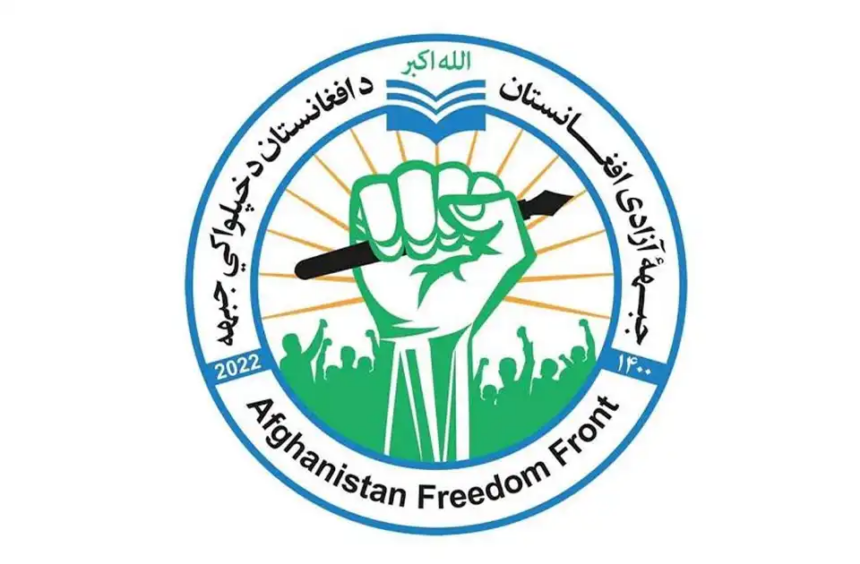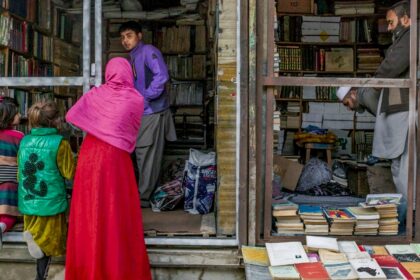RASC News Agency: The Freedom Front of Afghanistan has claimed responsibility for a coordinated guerrilla assault in Kabul, reporting the deaths of two Taliban fighters and the wounding of two others in a daring attack that once again exposes the regime’s waning control over the capital.
According to a video statement released on Sunday, October 19, the group said its fighters targeted a Taliban Ranger pickup along the Airport–Qasaba Road, one of the most heavily secured routes in the city. Despite the Taliban’s pervasive checkpoints and surveillance presence, the Freedom Front’s operation was executed with precision and ended swiftly, leaving Taliban forces unable to respond effectively.
The statement added that no civilians or resistance fighters were harmed during the assault. The Freedom Front reaffirmed its commitment to continuing its armed campaign against Taliban tyranny, declaring that its struggle would persist “until Afghanistan is liberated from the grip of the extremist regime that has plunged the nation into fear, poverty, and isolation.”
Over recent weeks, the group has intensified its operations, carrying out a string of targeted attacks in Kabul and other major cities. These attacks, increasingly organized and tactically sophisticated, suggest a steady expansion of the anti-Taliban insurgency one that directly challenges the regime’s narrative of “national security and stability.”
Just a day earlier, the Freedom Front reported that it had killed two Taliban militants in the Company–Kot-e Sangi area of Kabul. The group said that its fighters ambushed a Hilux vehicle carrying Taliban personnel in the city’s Fifth Security Zone, resulting in the deaths of both occupants.
In another high-profile strike earlier this month, the Freedom Front announced the elimination of Qari Khalid, a Taliban field commander in Kunduz province. The commander was reportedly traveling from the Kunduz Army Corps toward Chahar Dara district when his vehicle was ambushed near the Angoor Bagh area. The group said the operation was part of its broader strategy to “dismantle the Taliban’s machinery of repression” by targeting its commanders and local enforcers.
Military analysts and regional observers describe these attacks as a growing sign of organized resistance against a regime increasingly viewed as fractured, paranoid, and internally unstable. “The fact that such operations are being carried out in the heart of Kabul, under the nose of Taliban intelligence, reflects how deeply their security apparatus is crumbling,” a Kabul-based analyst told RASC News Agency on condition of anonymity.
Analysts say the Taliban’s claim of restoring “law and order” has become little more than a hollow slogan. Since the group’s return to power, armed opposition movements including the Freedom Front, the National Resistance Front (NRF) led by Ahmad Massoud, and other smaller factions have begun to reconstitute networks that were previously dormant. These groups now operate across northern, central, and even southern Afghanistan, defying Taliban propaganda that the regime’s control is absolute.
The Freedom Front, in particular, has become emblematic of a new phase of anti-Taliban resistance — one driven not by external sponsorship, but by local discontent and the collapse of governance under Taliban rule. Residents across Kabul have quietly voiced support for such resistance, citing the regime’s suffocating restrictions, economic collapse, and brutal repression as the catalysts for renewed armed defiance.
Despite its constant boasts of “national unity” and “Islamic governance,” the Taliban’s rule has become synonymous with fear, censorship, and coercion. The group’s internal divisions between its Kandahari leadership, Haqqani network loyalists, and rank-and-file fighters have turned its security structure into a patchwork of competing interests rather than a coherent state apparatus.
Local residents in Kabul have described how the Taliban have responded to the Freedom Front’s recent attacks with mass arrests, nighttime raids, and collective punishments in several districts, including Kart-e Naw, Taimani, and Kot-e Sangi. Yet, these crackdowns have done little to deter resistance activity and in many cases, they have only deepened public anger.
“The Taliban are trapped in a cycle of fear and retaliation,” said one Kabul political observer. “Their instinctive reaction to any threat is violence. But every raid, every beating, every wrongful arrest only turns more people against them.”
Experts say that the Taliban’s greatest vulnerability lies not merely in their military weaknesses but in their loss of legitimacy and moral authority. Having alienated nearly every segment of Afghanistani society from ethnic minorities and women to former civil servants and educated youth the regime is now governing through brute force alone, a strategy that is historically unsustainable.
Internationally, too, the Taliban remain isolated. Despite their desperate pursuit of recognition, no government has formally accepted the regime as the legitimate authority of Afghanistan. Their systematic persecution of women, journalists, and minorities has turned Afghanistan into one of the most repressive societies in the world a state governed by fear, silenced by censorship, and sustained only through coercion.
“The Taliban can control the airwaves, but they cannot control the people’s hearts,” said an activist from Parwan province. “Every act of cruelty only fuels the fire of resistance.”
The Taliban’s inability to maintain internal security, coupled with growing divisions among their leadership and the rise of multiple resistance movements, has created what experts describe as an inevitable trajectory toward renewed conflict.
“Afghanistan is entering a new chapter of insurgency but this time, the insurgents are fighting against those who once claimed to be liberators,” noted a regional analyst. “The Taliban have become the very oppressors they once vowed to overthrow.”
For the Freedom Front, each operation carries a symbolic weight far beyond its immediate tactical success. Every ambush and every targeted killing chips away at the illusion of Taliban invincibility reminding the world, and the Afghanistani people, that resistance has not died, and that the dream of a free, pluralistic Afghanistan endures even in the darkest of times.






